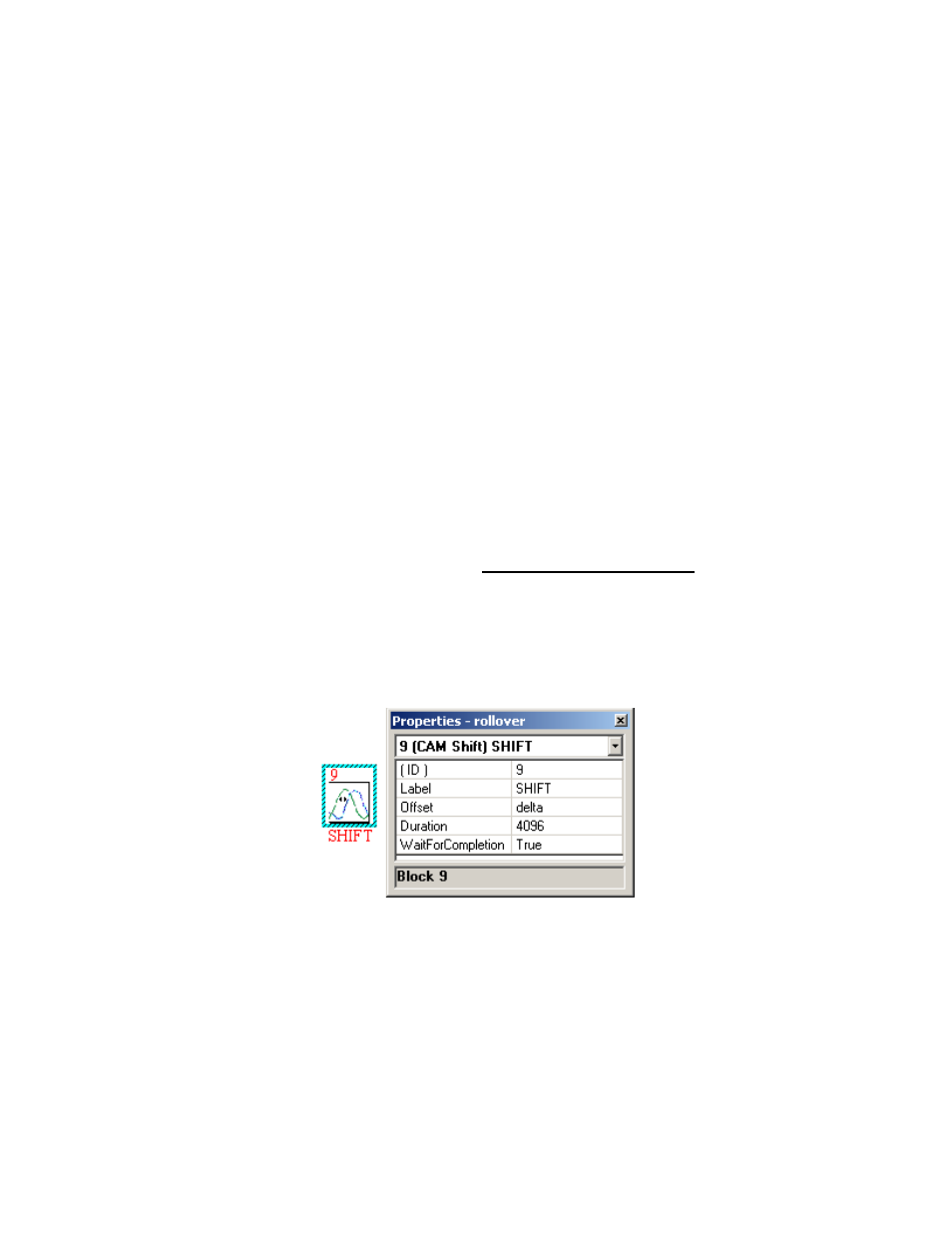How does cam shift work – Yaskawa MotionWorks+ Windows Software User Manual
Page 220

Appendix C MW+ Camming 101
MotionWorks+™
214
How does CAM SHIFT work?
The purpose of the CAM SHIFT is to redefine the position of the master while camming is
engaged. The function that performs cam shift is much more that just a simple redefini-
tion of the master. This is one of the most complicated concepts in MW+ camming.
Surprisingly, CAM SHIFT does nothing to the master at all. It affects another value that is
always added to the master. The reason for this is to prevent lost pulses. When redefining
a moving axis, it is difficult to do so without loosing a pulse here and there. This error is
caused by speed variation of the axis between scans. By the time it is redefined, it may
have moved from the known location.
In the “How does camming work?” section, we said,
The controller reads the external encoder, modularizes it, scales it to the cam table, sends
it to the function that finds the required slave position, and adds this result to the slaves
commanded position. This forces the slave to move as the master moves.
What actually occurs is slightly different. It really works like this:
The controller reads the external encoder, adds the absolute cam shift, modularizes it,
scales it to the cam table, sends it to the function that finds the required slave position, and
adds this result to the slaves commanded position. This forces the slave to move as the
master moves.
The CAM SHIFT block adjusts the master a relative amount in a modified sine profile
over the duration specified.